Artificial intelligence has helped scientists read words from a scroll sealed for 2,000 years. This scroll, carbonized into a lump of charcoal by volcanic heat, holds secrets from the Roman town of Herculaneum before Mount Vesuvius erupted in 79 AD.
The Technical Process
The breakthrough happened in three key steps. First, researchers at Diamond Light Source in Oxford used a particle accelerator called a synchrotron. “It can see things on the scale of a few thousandths of a millimetre,” explains Adrian Mancuso, director of physical sciences at Diamond. This machine fired high-powered X-rays through the scroll without damaging it.
Next came the challenging part– the AI‘s job. Both the scroll’s papyrus and its ink contain carbon, making them nearly indistinguishable to scanning technology. The AI system had to detect tiny differences even trained human eyes couldn’t spot. The process involves detecting the smallest signals of ink before digitally enhancing these marks to make the letters visible.
A Notable Difference
“The ink was the real surprise,” says Brent Seales, a computer science professor at the University of Kentucky and co-founder of the Vesuvius Challenge. “Its visibility right from the beginning was much more pronounced than other scrolls.” Scientists think the ink might contain lead, which would explain why it shows up more clearly, though they still need to prove this theory.
Results and Limitations
The system successfully revealed several Greek words, including “διατροπή” (disgust). However, Richard Ovenden from Oxford’s Bodleian Library notes that this collaborative effort between librarians, computer scientists, and scholars represents “an incredible moment in history.”
Similar Posts:
The Competition Factor
The Vesuvius Challenge awarded a grand prize of $700,000 to three students in 2023 for reading about 5% of one scroll. “I stand amazed at the sheer volume of text that this scroll promises to produce,” says Seales.
Conservation Challenges
The scrolls pose a unique preservation challenge. Nicole Gilroy, head of book conservation at the Bodleian Library, notes that until now, they hadn’t found any technique safe enough to attempt reading these documents. Previous attempts to physically unroll similar scrolls resulted in their destruction.
Broader Impact
Hundreds of carbonized scrolls were discovered in Herculaneum. These texts could fill gaps in our understanding of ancient Roman life, philosophy, and literature. However, the process requires significant technological resources and expert analysis to decode each scroll.
Looking Forward
While the technology shows promise, it faces real challenges. The scanning process requires careful handling of these delicate artifacts. Scientists are working to develop local technology solutions to avoid transporting these fragile scrolls.
“We’re confident we will be able to read pretty much the whole scroll in its entirety,” says Stephen Parsons, project lead for the Vesuvius Challenge. This marks a significant step forward in preserving and understanding ancient texts.



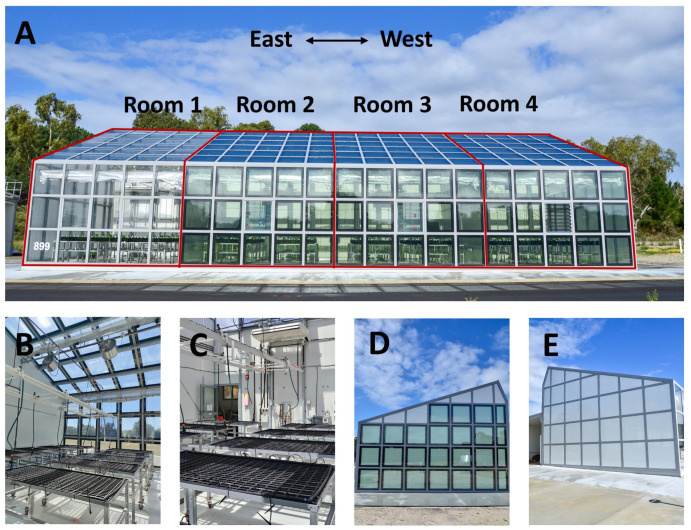

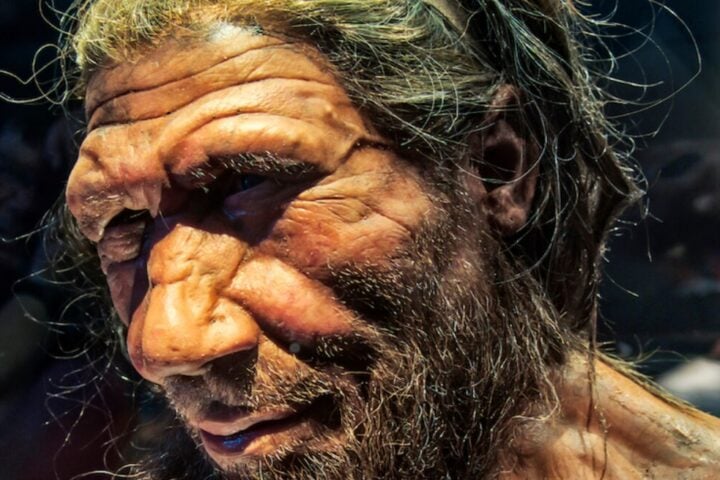
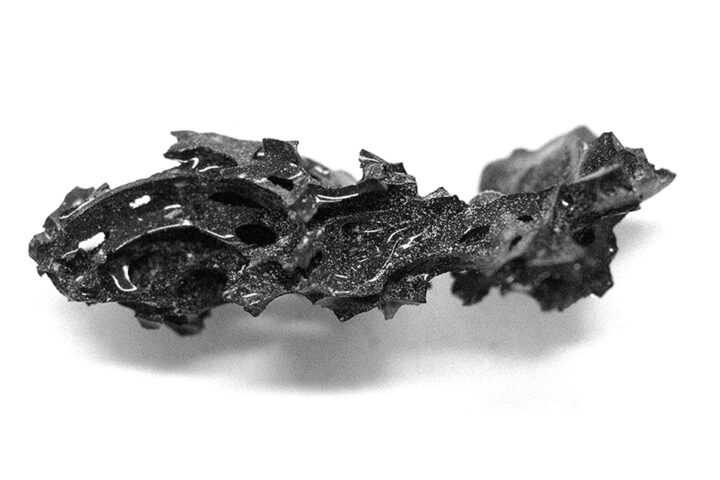
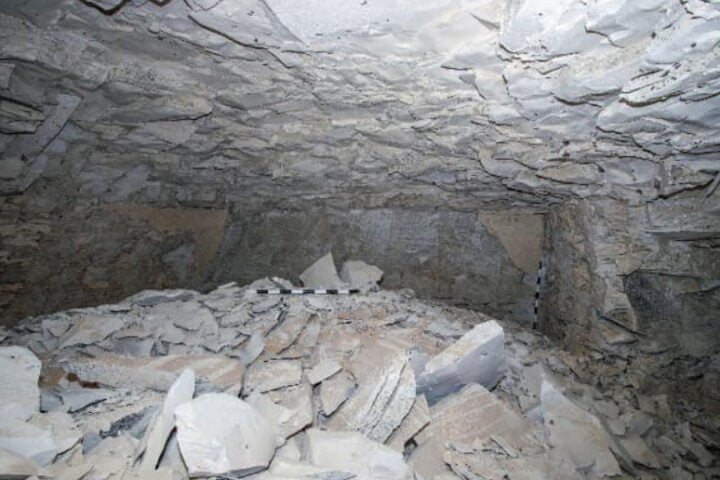
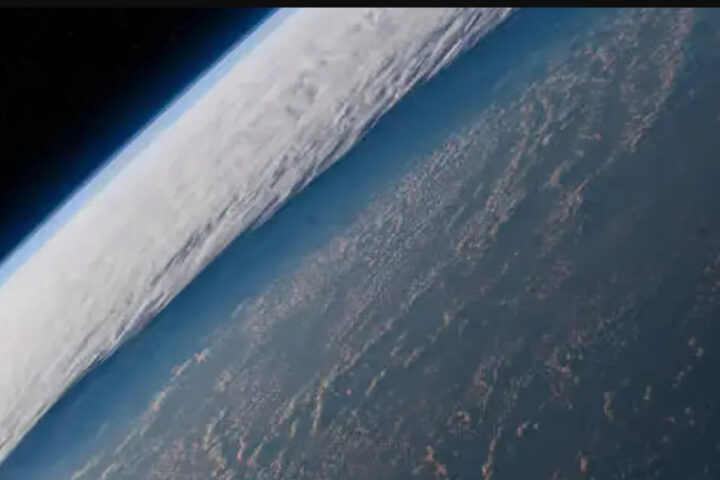
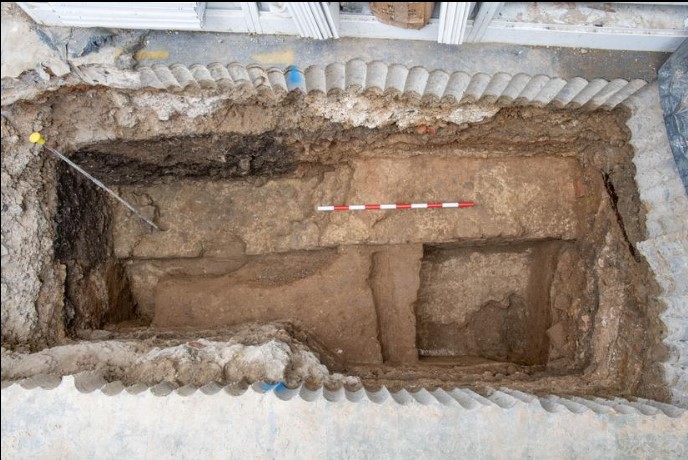
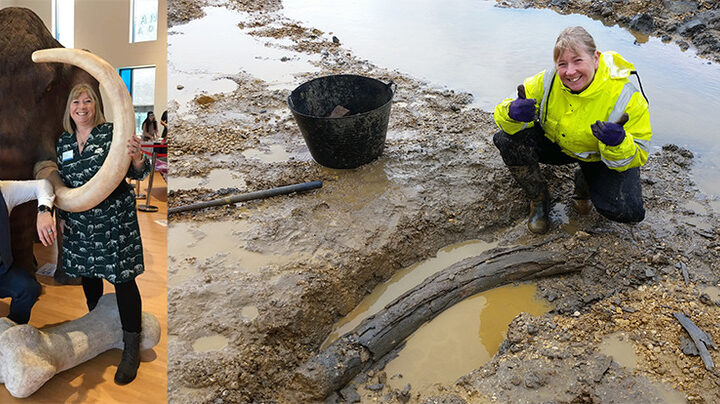
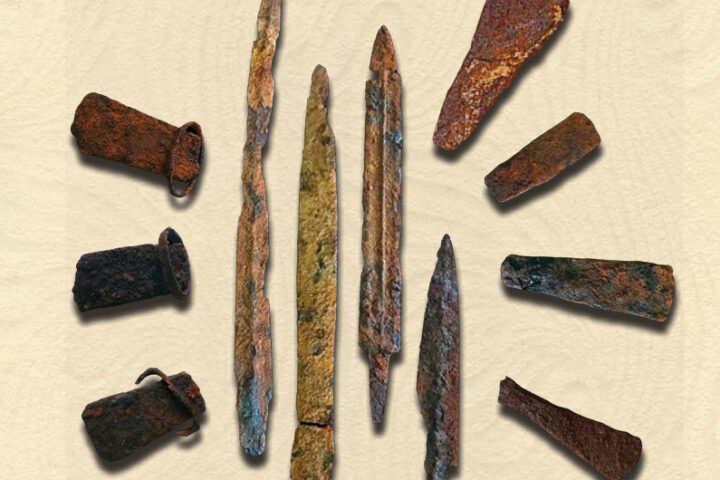
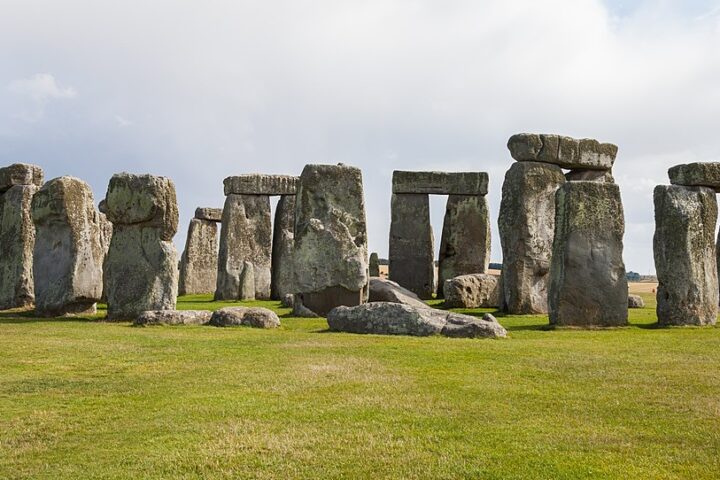
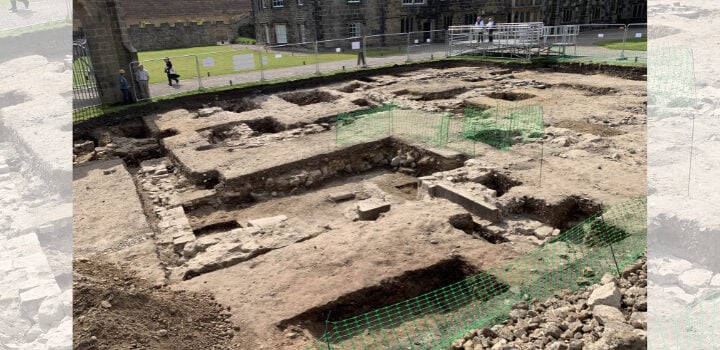
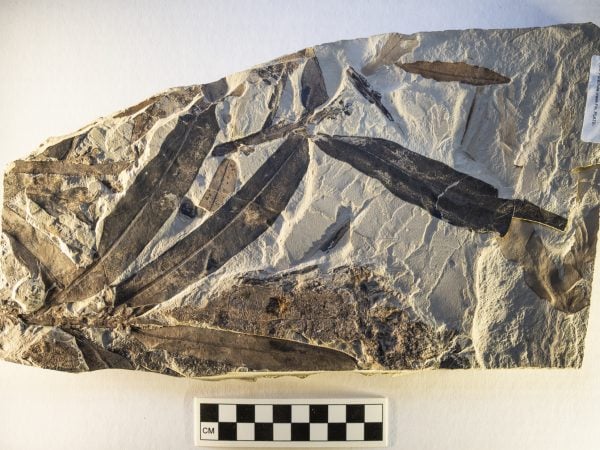
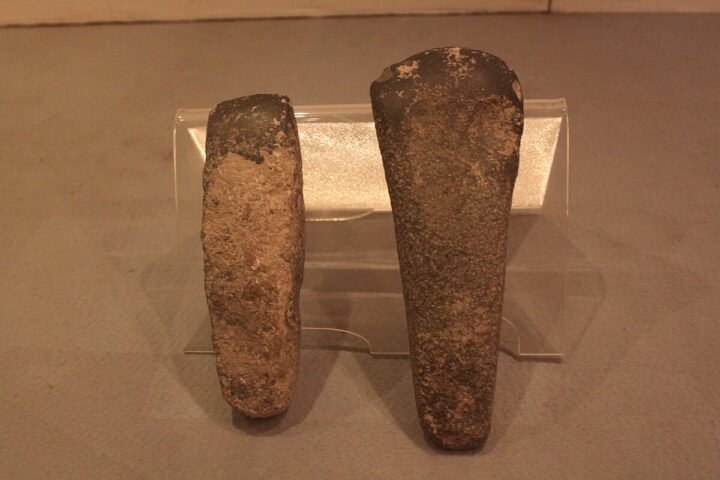
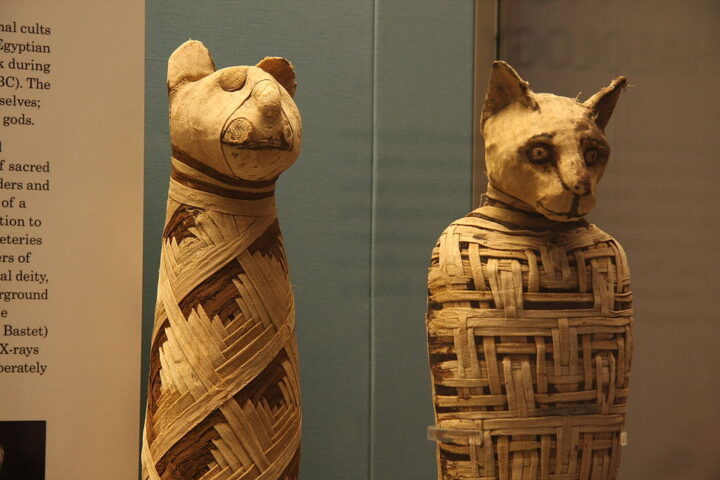
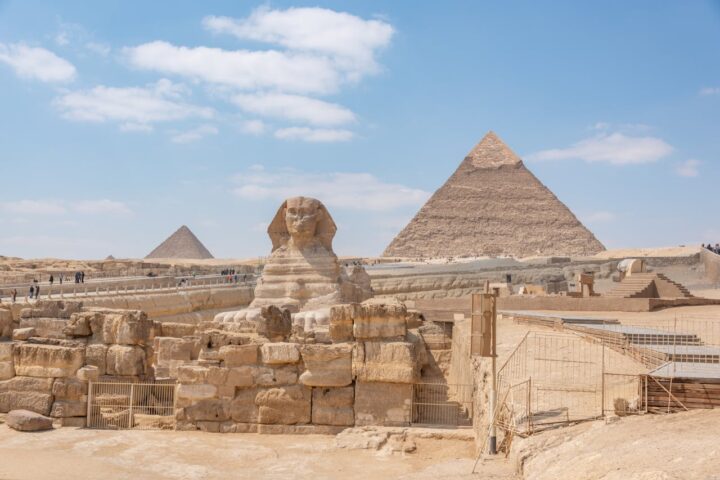
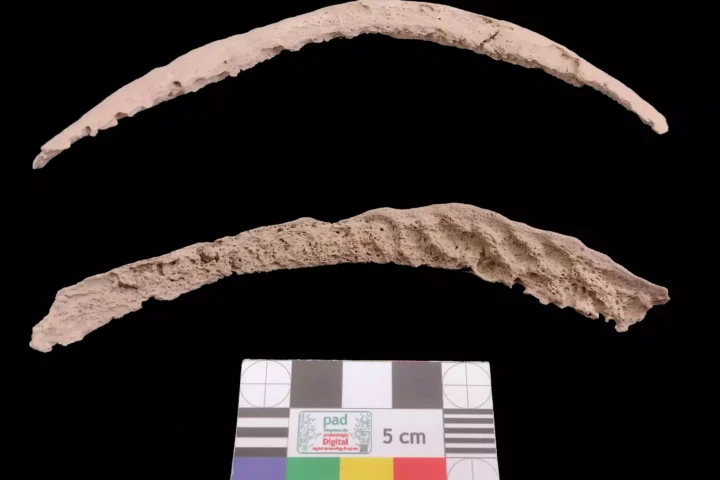

And what the scrolls said.. ?